DELL EMC D-DS-FN-23 Dell Data Science Foundations 2023 Online Training
DELL EMC D-DS-FN-23 Online Training
The questions for D-DS-FN-23 were last updated at Jan 30,2025.
- Exam Code: D-DS-FN-23
- Exam Name: Dell Data Science Foundations 2023
- Certification Provider: DELL EMC
- Latest update: Jan 30,2025
Your colleague, who is new to Hadoop, approaches you with a question. They want to know how best to access their data. This colleague has a strong background in data flow languages and programming.
Which query interface would you recommend?
- A . Pig
- B . Hive
- C . Howl
- D . HBase
What is a consideration when building decision trees?
- A . Cannot handle variables that affect the outcome in a discontinuous way
- B . Short decision trees are likely subject to overfit
- C . Correlated variables can cause double-counting
- D . Tree structure is sensitive to small changes in the training data
You need to run a hypothesis test across three normally distributed populations.
Which technique should you use?
- A . Z-test
- B . Welch’s t-test
- C . ANOVA
- D . Wilcoxon rank sum test
The Marketing department of your company wishes to track opinion on a new product that was recently introduced. Marketing would like to know how many positive and negative reviews are appearing over a given period and potentially retrieve each review for more in- depth insight.
They have identified several popular product review blogs that historically have published thousands of user reviews of your company’s products. You have been asked to provide the desired analysis.
You examine the RSS feeds for each blog and determine which fields are relevant. You then craft a regular expression to match your new product’s name and extract the relevant text from each matching review.
What is the next step you should take?
- A . Convert the extracted text into a suitable document representation and index into a review corpus
- B . Use the extracted text and your regular expression to perform a sentiment analysis based on mentions of the new product
- C . Read the extracted text for each review and manually tabulate the results
- D . Group the reviews using Naïve Bayesian classification
Which process in text analysis can be used to reduce dimensionality?
- A . Stemming
- B . Parsing
- C . Digitizing
- D . Sorting
Which analytical method is considered unsupervised?
- A . K-means clustering
- B . Naïve Bayesian classifier
- C . Decision tree
- D . Linear regression
Refer to the exhibit.
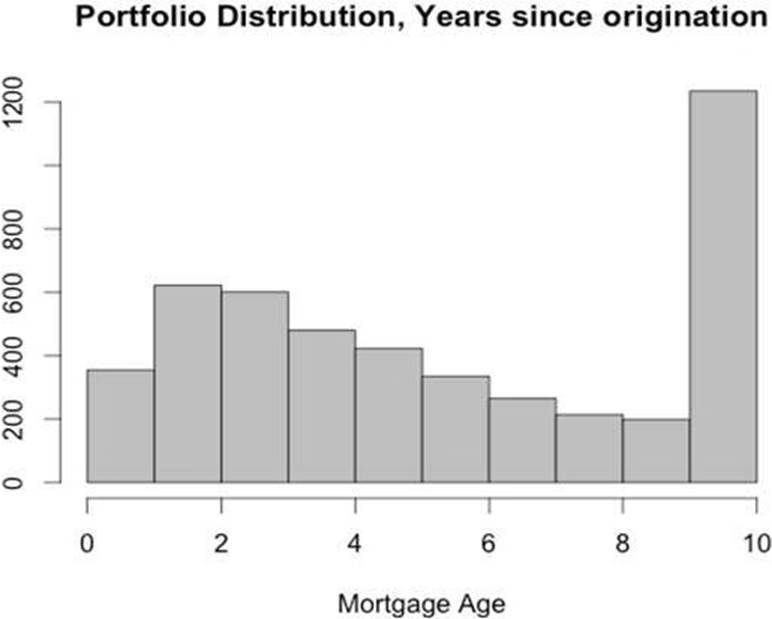
Which type of data issue would you suspect based on the exhibit?
- A . "Saturated" data, indicating potential issues with data definitions
- B . Incomplete data, indicating potential issues with data transmission
- C . Mis-scaled data, indicating potential issues with data entry
- D . The exhibit does not raise any obvious concerns with the data.
You have created a Logistic Regression model to predict customer churn for your company. The company’s Marketing department wants to use your model to identify at-risk customers and offer incentives to keep them from leaving.
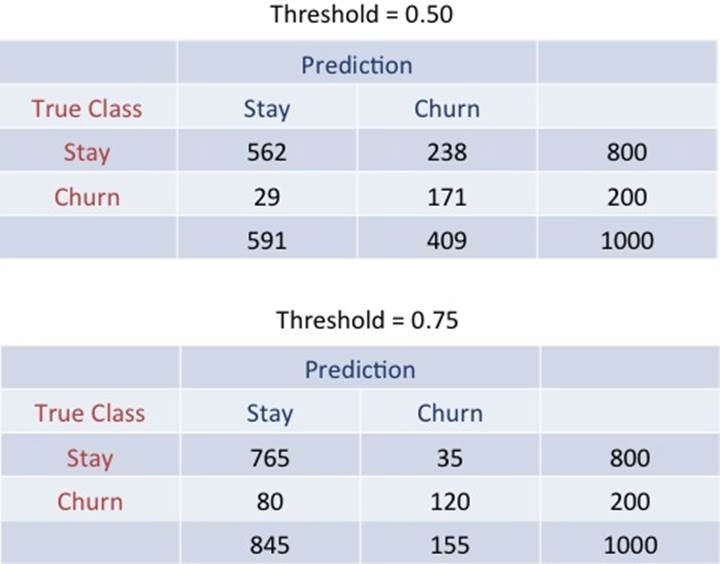
Using two different thresholds for the model provides the two confusion matrices shown in the graphic. Marketing understands the relative costs of missing at-risk customers versus offering incentives to customers who are not at risk. Therefore, you need their advice on how to set the appropriate threshold on the churn model.
You are meeting with the Marketing team. In the meeting, you plan to state: “Raising the threshold from 0.5 to 0.75 reduces the number of unnecessary incentives that can be offered, at the cost of missing more of the customers who churned.”
What is the most appropriate visual to reinforce this statement?
A)
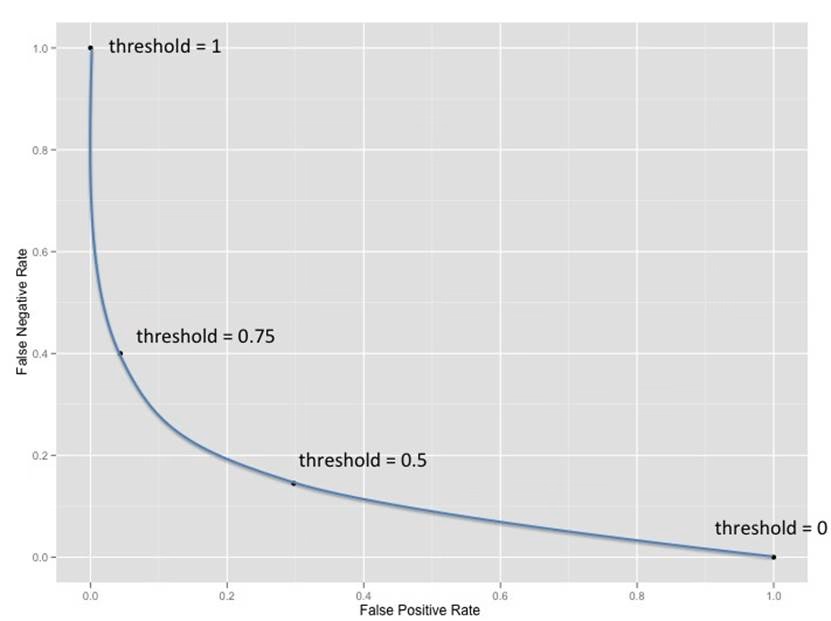
B)
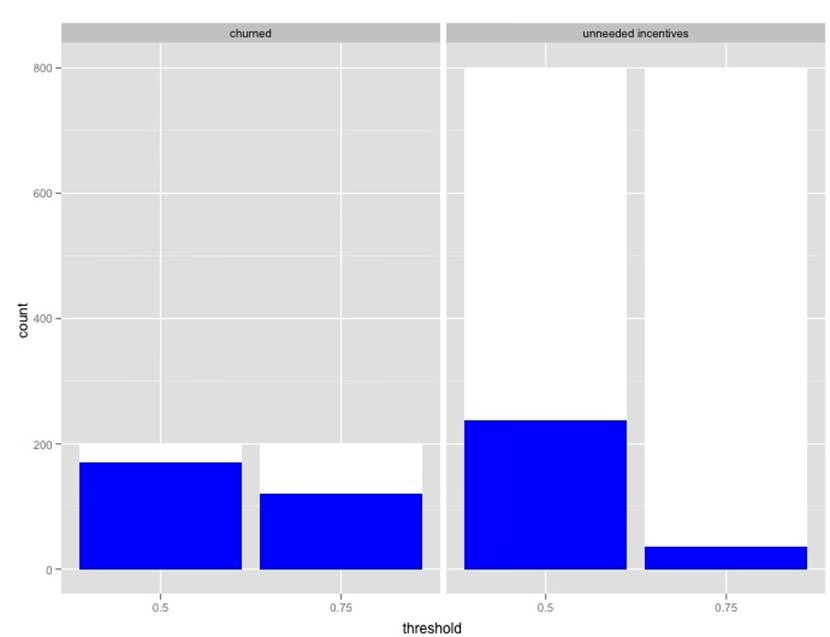
C)
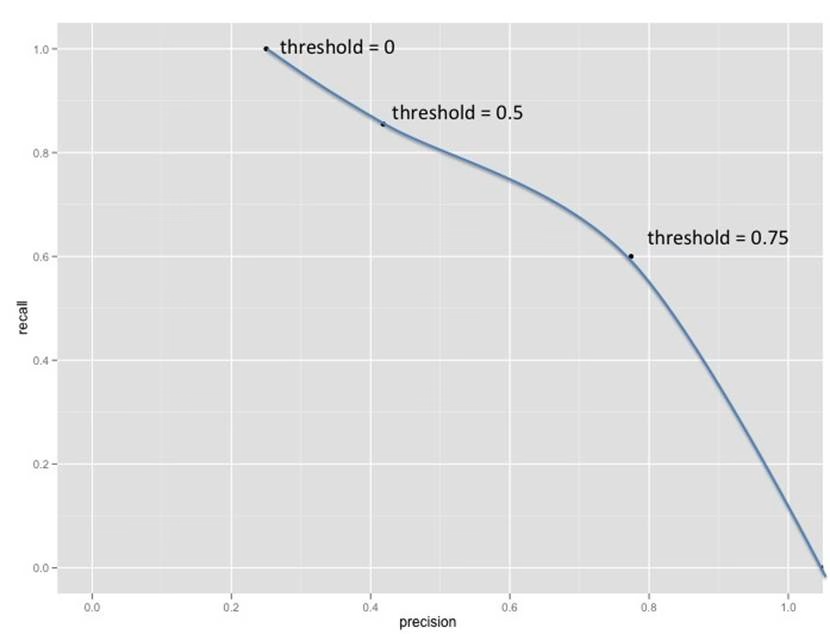
D)

- A . Option A
- B . Option B
- C . Option C
- D . Option D
Your customer provided you with 2, 000 unlabeled records and asked you to separate them into three groups.
What is the correct analytical method to use?
- A . K-means clustering
- B . Linear regression
- C . Naive Bayesian classification
- D . Logistic regression
How is dimensionality defined in a "bag of words" document representation?
- A . Average number of words per sentence in the document
- B . Total number of words in the document
- C . Number of unique terms in the document
- D . Frequency of repeated words in the document
Latest D-DS-FN-23 Dumps Valid Version with 300 Q&As
Latest And Valid Q&A | Instant Download | Once Fail, Full Refund

